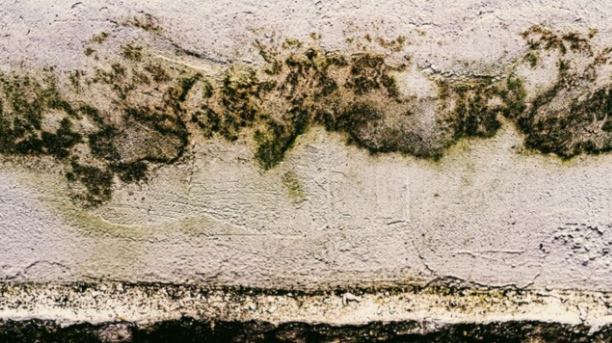Did you know that nearly 1.5 million mold species are estimated to exist?
Mold is one of the structures that certain fungi form. Mold is important in breaking down organic materials such as dead plants and animals. However, it becomes problematic, when it occurs inside the home. Mold can infest a variety of surfaces, including wood, drywalls and fabrics, which leads to structural damage and health issues.
Not only that, different types of mold, each with distinct characteristics cause different health risks.
So, it is important to understand different types of mold, which will help you to notice them at an early stage and you can consult a mold inspector in NJ before it escalates.
Common Types of Mold Found in Homes
Understanding the specific types of mold that commonly invade homes is essential for effective prevention and control. Mold varieties differ in appearance, growth conditions, and the health risks they pose. Some molds are allergenic, causing reactions like sneezing, coughing, or skin irritation, while others are toxigenic, producing harmful toxins that can lead to serious health issues. Identifying these molds early can prevent extensive damage to your property and reduce the risk of health problems for your family.
Now, let’s discuss some common types of mold that you might encounter in your home.
Penicillium
Penicillium is a widely recognized mold, partly because it’s the source of the antibiotic penicillin. However, not all species of Penicillium are beneficial. Some species, like Penicillium aurantiogriseum, produce mycotoxins that are harmful to humans. These toxins can cause neurological diseases and serious infections in the liver, lungs, kidneys, skin, and soft tissues. Penicillium is commonly found in water-damaged homes, particularly in carpets, wallpaper, and insulation.
Cladosporium
Cladosporium is an allergenic mold that’s usually found in homes with poor ventilation or excessive moisture. It’s often green, brown, or black and can grow on a variety of surfaces, including fabrics, wood, and painted surfaces. While Cladosporium is not typically pathogenic, it can cause allergic reactions, sinusitis, and respiratory infections in sensitive individuals. Prolonged exposure can worsen conditions like asthma, making it essential to address Cladosporium infestations promptly.
Stachybotrys
Commonly known as “black mold,” Stachybotrys chartarum is one of the most dangerous molds you can find in your home. It produces mycotoxins that can lead to chronic fatigue, headaches, fever, and irritation of the eyes, mouth, nose, and throat. In more severe cases, exposure to Stachybotrys can cause lung bleeding, nausea, and vomiting. This mold thrives in environments with constant moisture, such as around leaky pipes or in water-damaged walls.
Chaetomium
Chaetomium is a fast-growing mold that often appears after water damage. It’s known for its ability to cause severe neurological damage with prolonged exposure. This mold can lead to conditions like multiple sclerosis, lupus, and even some forms of cancer. Chaetomium has a distinctive musty odor and is typically found in damp, dark areas like basements, crawl spaces, and bathrooms.
Aspergillus
Aspergillus is a common mold with over 160 species, two of which—Aspergillus flavus and Aspergillus fumigatus—are particularly dangerous. These species produce aflatoxins, which are carcinogenic and can cause allergic reactions, liver damage, and other severe health issues. Aspergillus is often found in dust, building materials, and decaying organic matter. Its widespread presence in homes makes it a common cause of health problems for homeowners.
Conclusion
Understanding the different types of mold that can invade your home is crucial for protecting both your property and your health. Mold like Penicillium, Cladosporium, Stachybotrys, Chaetomium, and Aspergillus each pose unique risks, from allergic reactions to severe neurological damage. Early detection and prompt action are key to preventing these molds from causing extensive harm. If you suspect mold growth in your home, it’s essential to consult a professional mold inspector in New Jersey. They can accurately identify the type of mold present and recommend effective remediation strategies. By staying informed and proactive, you can safeguard your home and well-being against the dangers of mold infestations.

